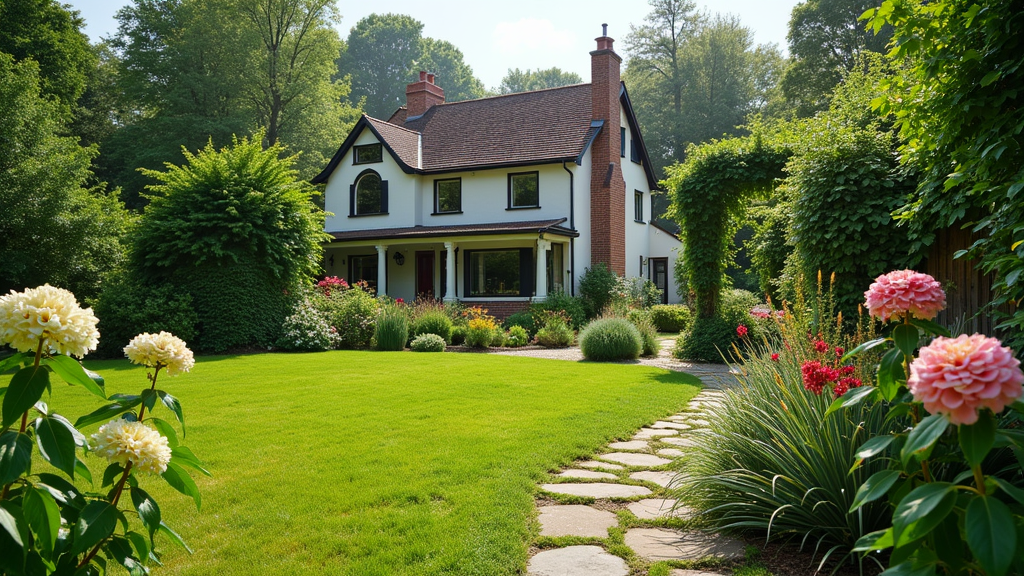Introduction
When it comes to illuminating your outdoor space, the choice between low voltage and high voltage landscape lighting can feel like navigating a maze. With so many options available, how do you know which one is right for your landscape? In this comprehensive guide, we’ll dive deep into the differences, benefits, and considerations of both low voltage and high voltage lighting systems. By the end of this article, you'll have a clear understanding of how to light up your garden or yard efficiently and beautifully.
Low Voltage vs High Voltage: Understanding the Basics
What is Low Voltage Lighting?
Low voltage lighting typically operates at 12 volts. This type of system uses a transformer to reduce the standard 120 volts from your home’s electrical system to a safer level. But why would anyone prefer low voltage over traditional high voltage options? The answer http://messiahsbmc826.timeforchangecounselling.com/exploring-community-greenhouses-and-their-impact-on-local-landscaping-culture lies in safety, efficiency, and versatility.
What is High Voltage Lighting?
High voltage lighting generally operates at the standard household electrical level of 120 volts. This is what most indoor fixtures use, making it more familiar to many homeowners. However, using high voltage outdoors can pose safety risks if not installed correctly.
Key Differences Between Low Voltage and High Voltage Lighting
Safety Considerations
Low Voltage Safety Features
- Reduced Risk of Shock: Because it operates at a lower level, there’s less risk of electric shock. Ideal for Wet Areas: Safe to use in areas prone to moisture like gardens or near pools.
High Voltage Risks
- Higher Shock Hazard: More potential for significant injury if mishandled. Requires Professional Installation: Often necessitates licensed electricians for installation.
Energy Efficiency Comparison
Low Voltage Efficiency
- Less Energy Consumption: Uses less power than its high voltage counterpart. Longer Bulb Life: Typically enhances bulb longevity due to lower heat output.
High Voltage Efficiency
- More Power Usage: Consumes more electricity leading to higher utility bills. Shorter Lifespan for Bulbs: Heat can shorten the lifespan of bulbs significantly.
Installation Process: Low Voltage vs High Voltage
Installing Low Voltage Lighting
Planning Your Layout: Sketch your landscape plan before installation. Choosing Fixtures: Decide on the types of landscape lights such as path lights or spotlights. Laying Cables: Use underground cables for safe connections. Connecting to Transformer: Plug into an outlet with a GFCI (Ground Fault Circuit Interrupter).Installing High Voltage Lighting
Professional Assessment Required: Always consult with an electrician. Wiring Requirements: High voltage systems need robust wiring and correct circuit breakers. Compliance with Codes: Must follow local electrical codes strictly.Landscape Aesthetics with Low and High Voltage Options
How Does Low Voltage Enhance Nighttime Beauty?
Low voltage landscape lights create subtle illumination that enhances garden features without overwhelming them. They are perfect for washing walls or trees in soft light, creating an inviting atmosphere.
The Boldness of High Voltage Lighting Design
High voltage lighting often provides brighter illumination levels, which can be beneficial for security purposes or showcasing architectural details in your home or garden.
Cost Analysis of Low vs High Voltage Systems
Initial Investment in Low Voltage Lighting
- Cost-effective fixtures available Installation costs are generally lower
Expense Breakdown for High Voltage Lighting
- Higher initial installation costs More expensive fixtures needed
Maintenance Needs
Routine Care for Low Voltage Lights
Low voltage systems require minimal maintenance:
- Check connections regularly Clean fixtures periodically
High Voltage Maintenance Considerations
These systems may need professional upkeep due to their complexity:
- Regular checks by an electrician Replacement parts can be more costly
Environmental Impact
Eco-Friendliness of Low Voltage Lights
With lower energy consumption and longer-lasting bulbs, low voltage systems can be seen as environmentally friendly options.
Assessing the Carbon Footprint of High Voltage Systems
While they produce more light output, they also consume more energy—impacting your overall carbon footprint negatively.
Lighting Styles and Types Available
Versatile Options in Low Voltage Landscape Lights
Path Lights Well Lights Spotlights Flood LightsEach serves unique purposes in enhancing your outdoor beauty while maintaining safety standards.
High Voltage Landscape Fixtures Explained
Wall-mounted Sconces Security Floodlights Architectural UplightsThese options may provide stronger visibility but often come with increased risk factors associated with higher voltages.
Common Misconceptions About Low vs High Voltage
Myths Surrounding Low Voltage Systems
Many believe low voltage isn't bright enough; however, modern LED technology has changed that perception significantly!
Misunderstandings About High Voltage Systems
Some think they’re always better because they’re brighter; however, brightness does not equate to effectiveness or safety in all scenarios!
Local Regulations Impacting Your Decision
Be sure to check local codes as they vary greatly regarding outdoor lighting installations which could influence whether you choose low or high voltage solutions!

FAQs About Landscape Lighting Choices
li31/ol5/li32li32/ol6li33# Can I install these systems myself?- While DIY is possible with low-voltage systems due to their simplicity; high-voltage installations should always be performed by professionals.
- Expect lower operational costs from low-voltage systems compared to their high-voltage counterparts thanks to their efficiency!
- Yes! Just ensure proper planning so that each type complements rather than competes against one another visually!
Conclusion
In conclusion, choosing between low voltage and high voltage lighting boils down to personal preference balanced with practical considerations such as safety requirements, energy consumption goals, aesthetic desires—and perhaps even local regulations affecting installations within certain regions! Whichever route you decide upon—be it illuminating pathways under soft glows from stylishly designed path lights or drawing attention towards impressive architectural features through powerful floodlights—understanding these key differences will help make informed decisions about transforming landscapes into breathtaking nighttime vistas! Remember—lighting isn’t just about visibility; it’s about creating ambiance that tells a story about who you are outdoors!
Feel free to reach out if you have more questions on "Low Voltage vs High Voltage: Which is Right for Your Landscape?"—we're here to help illuminate your path forward!